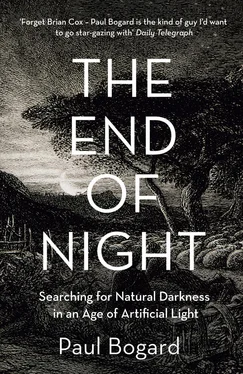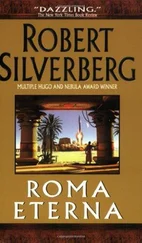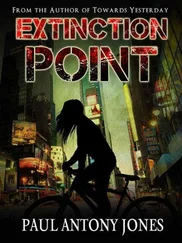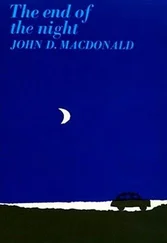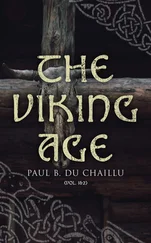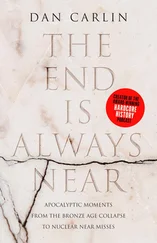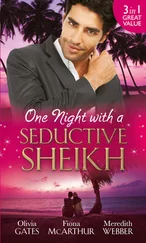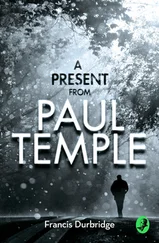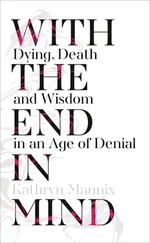Street lighting marked a dramatic change in human interaction with the night. Before this time, the coming of night’s darkness signaled the end of working and socializing hours, the sign to come in from outside. As Wolfgang Schivelbusch explains in Disenchanted Night, “the medieval community prepared itself for dark like a ship’s crew preparing to face a gathering storm. At sunset, people began a retreat indoors, locking and bolting everything behind them.” To go out at night was to risk one’s life, whether by a criminal’s hand or a misplaced step—cables strung across the Seine caught the floating corpses of those who had fallen off the quais or bridges and drowned in the dark. The new public lighting facilitated and acknowledged a changing culture. Coffeehouses were spreading through northern Europe and cafés were staying open later and later, marked by a lantern hanging over the door. Along with stronger state security, these increased opportunities for socialization and commerce joined with the new lights to open the darkness to more and more people. Eating, drinking, working—this opening of nighttime hours radically altered life for northern European city dwellers. By 1800, for example, mealtimes had shifted back by as many as seven hours from those of the Middle Ages. “Nocturnalization,” historian Craig Koslofsky calls these changes, the “ongoing expansion of the legitimate social and symbolic uses of the night,” was an expansion for which street lighting served as infrastructure.
By midcentury the candle lanterns in Paris had been replaced by a new type of oil lantern, the reflector, or réverbère, which used multiple wicks and two reflectors to produce dramatically increased amounts of light. In fact, réverbères were enthusiastically hailed as artificial suns that “turned night into day.” A report prepared for the Paris police chief in 1770 suggested, “The amount of light they cast makes it difficult to imagine that anything brighter could exist.” But for eighteenth-century Parisians it didn’t take long for the shine to wear off. “These lights cast nothing but darkness made visible,” wrote one Frenchman. “From a distance they hurt the eyes, from close up they give hardly any light, and standing directly underneath one, one might as well be in the dark.” Indeed, a century after the Sun King’s decree, an Englishman visiting Paris declared, “This town is large, stinking, and ill lighted.”
For any noctambule, Paris held plenty of challenges. The narrow streets had no sidewalks, and death by stagecoach was not an infrequent event. “There are nights when all the disadvantages of a crowded quarter are apparent at the same time,” Bretonne wrote. “As I was coming off rue du Foarre, a large marrow bone fell at my feet. Its sharp force and the force with which it was hurled would have made a lethal weapon of it, had it struck me.” As his walk continued, he faced a “sheet of soapy water” thrown from a window, then a bucket of ashes. Still, things could have been worse. The city’s dirt and pebble streets were lined with sewage and waste, the air filled with a rank stench that we could only imagine by standing in a town dump. Writes historian Roger Ekirch, “The Duchess of Orleans expressed amazement in 1720 that Paris did not have ‘entire rivers of piss’ from the men who urinated in streets already littered with dung from horses and livestock. Ditches, a foot or more deep, grew clogged with ashes, oyster shells, and animal carcasses,” and “most notorious were the showers of urine and excrement that bombarded streets at night from open windows and doors.” William Hogarth’s painting of London in Night , from The Four Times of the Day (1736), might just as well have been a city street scene from Paris: A woman pours a bucket of human waste out an open window onto the back of an unfortunate man who staggers along with his wife. He holds a stick and she a lantern and sword. Oh, and a bonfire burns in the middle of the narrow street behind them.
Amid this dimly lit craziness it might be difficult to believe that street lighting could be a source of bitterness and anger. But in the years before the French Revolution, street lighting was often a thorn in the public’s side. From its start, public street lighting had been significantly motivated by the state’s desire to gain control over the streets at night, and for many Parisians the oil lamp simply stood for tyranny. When lanterns were at first hung low, they made for easy targets, destroyed with walking sticks. But when the lanterns were then hung out of reach, a new technique emerged, that of cutting the lantern’s ropes and letting the lantern smash into the street. At times, like the modern-day smashing of Halloween pumpkins, smashing lanterns was simply a form of entertainment. As Schivelbusch writes, “Whatever the details and methods, smashing lanterns was obviously an extremely enjoyable activity.”
While the candle lanterns and réverbères are long gone, and electric lighting makes Paris today as bright overall as any city its size, the echoes of such history remain. Though some complain that old Paris has become a museum or even that it’s dead, I think it anything but, and I think that especially at night. What’s kept alive is the opportunity to add your story to those countless stories before, even to add to your own story if you have been here in the past. Because so much of the old city has been preserved, you can come back to Paris and the night you walked years ago will still be here.
The year after high school, while backpacking nine months through Europe, I remember especially a week in Paris, in the winter, alone. I had lucked out and discovered a small hotel on the Île de la Cité, the Henry IV on the Place Dauphine. I would set out each night and walk for hours through old Paris, the gray-black Seine there to guide the way, the long, gray ministry buildings with rooftops black and windows dark, the French tricolor spotlit in front. I would stand on the Pont Neuf and wonder where this life would lead.
As Downie and I continue our stroll, I tell him that the night I reached the city this year, I took the métro from the Gare du Nord to the Champs-Élysées, near the Arc de Triomphe. A wet snowfall weighed on tree branches and café awnings, crystals sparkling. The snow snarled rush-hour traffic and slowed walkers with its slushy challenge, casting a hush over the sounds of wet tires and boots. The leafless smooth-barked plane trees along the avenue were filled with small white lights, bright with a tinge of sky blue, each with two or three long bulbs like fluorescent ceiling lamps dark except for a periodic slide of light down their length, the movement like one of melting snow sliding down a rock face or roof. At the end of the wide Champs-Élysées boulevard, I wandered past the bright blue-white Ferris wheel (La Grande Roue) set up for the season in the enormous Place de la Concorde, the famous city square where King Louis XVI lost his head to the guillotine and where the spotlit Obelisk—a 3,300-year-old Egyptian column—stands seventy-five feet tall. From the Place I skirted around the locked and deserted Tuileries gardens, which, during the day, fills with couples and families and solo strollers, and found myself among the stone buildings of the Louvre Palace, where black lampposts ring the courtyard with bright light. Then, along the Seine to the Île de la Cité, past the large Christmas tree filled with navy-blue lights in front of Notre-Dame, around the cathedral onto Île St.-Louis, and through the amber-lit Marais neighborhood to my hotel. All told, a walk of nearly two hours, but in that time I saw much of the old city. No museums or galleries or music or events, not even a glass of vin rouge or a quick stop at a créperie. But the City of Light on a dark winter’s eve and nearly for free, the priceless sensation of having returned to something once mine.
Читать дальше
